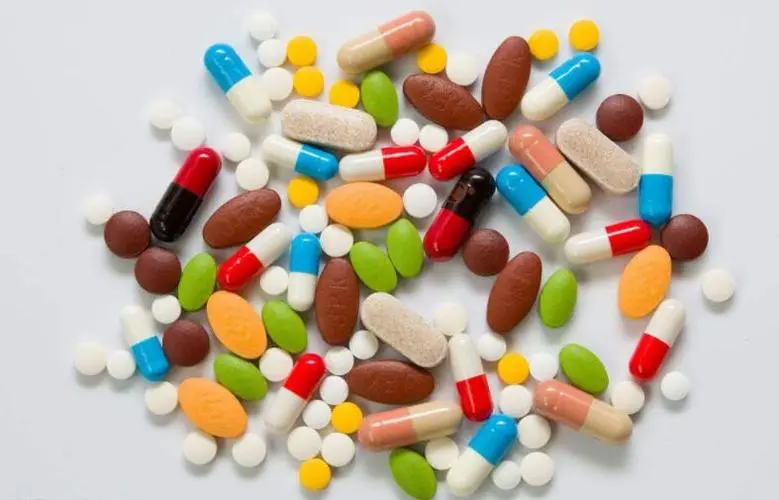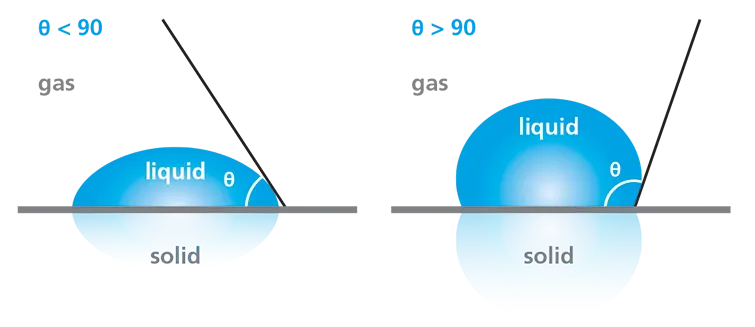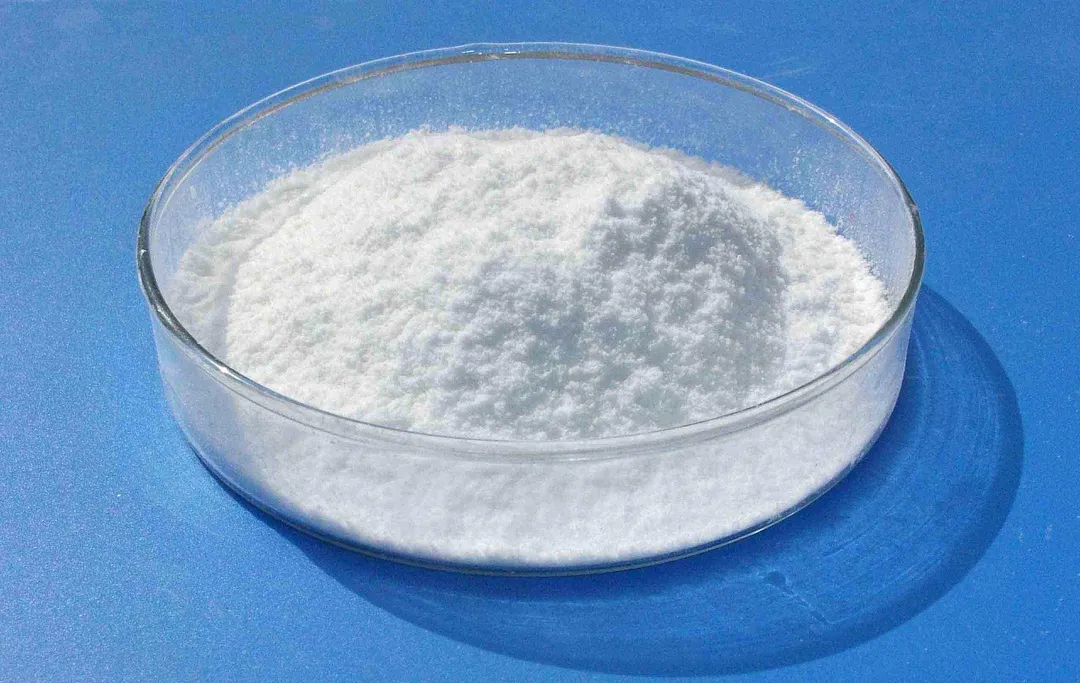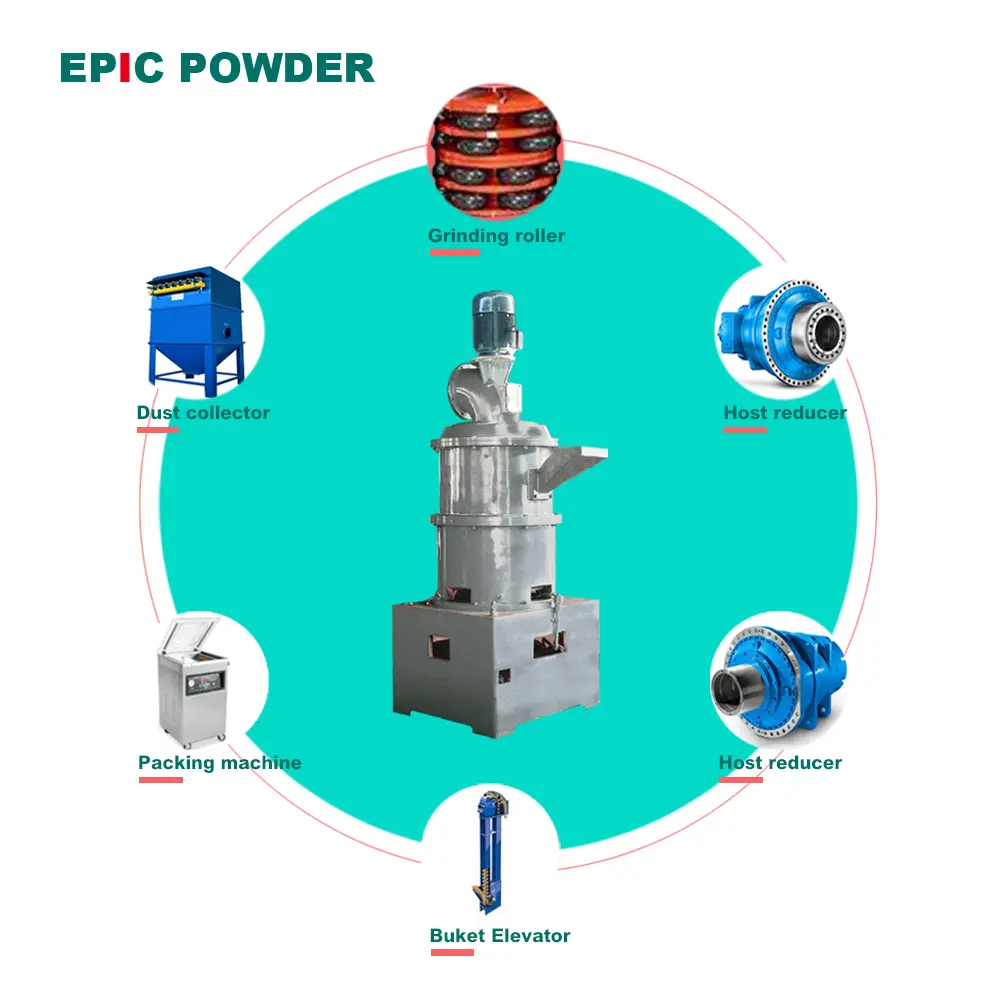The influence of particle size distribution on drug absorption rate has many aspects. They’re mainly reflected in the following key points.

Solubility and bio-availability
Reducing particle size can significantly increase the surface area of drugs. So it can accelerate their dissolution rate in vivo. According to the Noyes Whitney equation, the dissolution rate is directly proportional to the surface area of drug particles. Therefore, micronized drugs usually have higher solubility, thereby improving their bio-availability. This effect is even more pronounced, especially for drugs with low solubility.
Uniformity of content
Drug powders with uniform particle size distribution can be more evenly distributed during the mixing process. It ensures consistent content of active ingredients in each formulation unit (such as tablets or capsules). This is crucial for maintaining the accuracy of drug dosage and therapeutic effect.
Gastrointestinal transit time
Smaller particles are more easily got moisturized and dispersed by gastrointestinal fluids. This may affect the residence time of drugs in the gastrointestinal tract, thereby affecting absorption efficiency.
Physical form and absorption mechanism
The shape and surface properties of particles also affect their behavior in the digestive tract. For example, circular or spherical particles may be more conducive to absorption due to their smaller contact area and good ability to flow. And sheet-like or needle shaped particles may affect the absorption rate due to their mutual entanglement.
Formulation process
The particle size distribution affects the preparation process of the formulation, such as granulation, compression, etc.. It affects the physical properties of the final product in turn, such as density and porosity. They all indirectly affect the release and absorption of the drug.
Dissolution
Particle size directly affects the dissolution of drugs. And dissolution is a key factor determining the speed of drug absorption. Drugs that dissolve quickly usually have a faster absorption rate, especially In drugs that require rapid onset of action.
Dose control
For low-dose drugs, particle size control is particularly important. Because small differences may lead to inaccurate doses, affecting efficacy and safety.

The particle size distribution on drug absorption is crucial in production. Therefore, by precisely controlling the particle size distribution of the powder, the physical and chemical properties of the drug can be optimized. Thereby it can improve the absorption efficiency of the drug and ensure its efficacy and safety. In the process of drug development, the formulation and control of particle size standards are important steps to ensure product quality and consistency.








